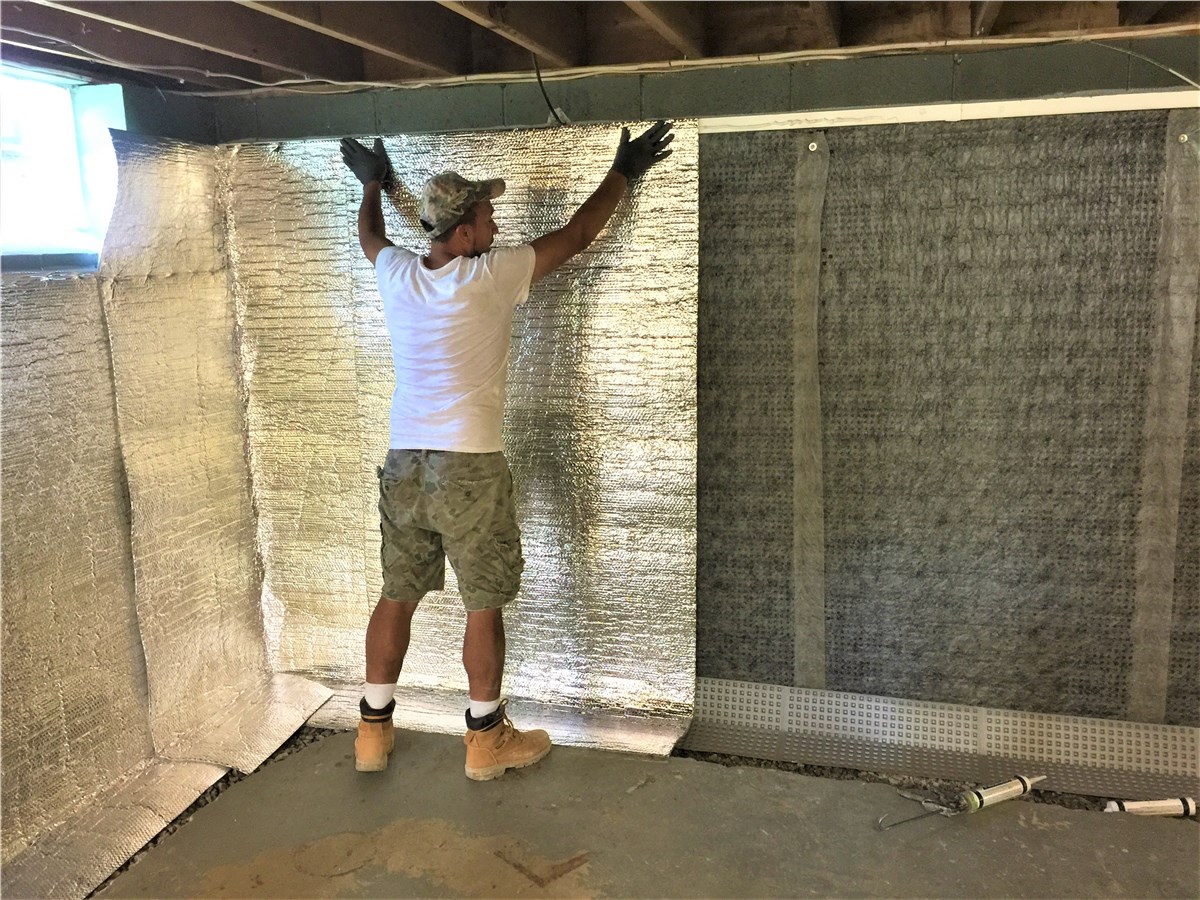Historic homes are commonly treasured for their unique architectural features and rich narratives, but they additionally come with particular difficulties, notably when it comes to water resistance. As these homes age, their elements and structures can be vulnerable to moisture damage, leading to high maintenance and potential health hazards such as fungus and dampness. Recognizing the importance of waterproofing is essential not only for preserving the aesthetic and soundness of these heritage jewels but also for protecting the capital that property owners have put in.
In this post, we will explore the different moisture control challenges faced by historic properties and delve into strategies to reduce water damage. From spotting signs that your property may need moisture protection to assessing the pros and cons of do-it-yourself approaches versus expert services, we strive to provide valuable guidance for homeowners. By addressing the particular issues related to waterproofing in historic properties, we hope to encourage you to take proactive steps in protecting your property from the elements.
The Significance of Waterproofing in Historic Dwellings
Waterproofing is essential for historic homes to maintain their structural soundness and avert moisture-related issues. waterproofing contractors have distinct features, such as classic designs and skilled artistry, which can be affected by moisture infiltration. Moisture can damage the supports, lead to fungal issues, and cause irreversible damage to walls, foundations, and ceilings. Effective waterproofing guarantees that these vintage properties stay secure and inhabitable while preserving their historical value.
Ignoring waterproofing in historic homes can lead to substantial repair costs down the line. When moisture penetrates into walls or basements, it can create a series of complications, including wood rot and chipping surfaces. Over time, these minor problems can escalate, leading to expensive interventions or even the loss of historic features. By utilizing proper waterproofing solutions, residents can prevent potential disasters and save thousands in renovations, ensuring their homes last through the years.
In addition to safeguarding against moisture issues, waterproofing can boost the overall energy efficiency of historic homes. By closing gaps and preventing moisture intrusion, property owners can maintain a consistent indoor climate, reducing reliance on heating and cooling systems. This not only results in a more enjoyable living environment but also is in harmony with eco-friendly principles, making historic homes adaptable and environmentally responsible.

Frequent Waterproofing Difficulties for Aged Structures
Historic structures often face distinct waterproofing challenges that require thoughtful consideration and expertise. One significant issue is the presence of obsolete materials and construction techniques that may not meet contemporary waterproofing standards. Many traditional homes were built using porous materials such as masonry, which can absorb moisture and allow water infiltration. Achieving basement leak repairs in these cases often involves tailored methods designed to preserve the building's integrity while enhancing its resistance to water damage.
Another challenge is connected to sinking and movement that aged buildings experience over time. Foundation issues, such as cracks and gaps, can develop, compromising the building's waterproofing solutions. These vulnerabilities can lead to water seeping into crawl spaces, resulting in mold growth and structural damage. Addressing these issues requires a blend of proper foundation repair techniques and effective waterproofing measures to create a strong barrier against moisture.
Furthermore, the visual preservation of historic homes complicates the waterproofing process. Homeowners often wish to maintain the original appearance of their properties, which can limit the types of waterproofing solutions that can be applied. Balancing the need for effective waterproofing with the desire to preserve historic features requires experienced professionals who understand both the practical aspects of waterproofing and the historical significance of the building. This challenge makes it crucial for homeowners to carefully choose waterproofing methods that align with their preservation goals.
Effective Strategies for Safeguarding Heritage Homes
Maintaining historic homes necessitates a meticulous approach to waterproofing that respects their architectural character. Tailored materials and methods should be utilized to ensure that the original features are not altered during the waterproofing methodology. For instance, breathable membranes can be employed to allow moisture trapped within the walls to escape, avoiding damage while keeping the home waterproofed. This method stops the accumulation of moisture that can lead to mold and architectural issues without trapping vapor inside the walls.
In addition to breathable membranes, classic masonry techniques can play a important role in waterproofing historic structures. Lime-based mortars and plasters are ideal for older homes as they provide resilience and breathability that modern materials often lack. These materials can help to draw moisture away from the structure while maintaining the aesthetic qualities that define historic architecture. This approach not only protects the building from water damage but also preserves its historical character.
Another effective strategy for stopping water damage in historic homes is to concentrate on proper drainage and landscaping. Ensuring that gutters and downspouts are functioning effectively can direct water away from the foundation, while landscaping features like swales and rain gardens can further manage water runoff. By integrating these methods with appropriate waterproofing techniques, homeowners can considerably enhance the resilience of historic properties against water damage, guaranteeing their preservation for future generations.
